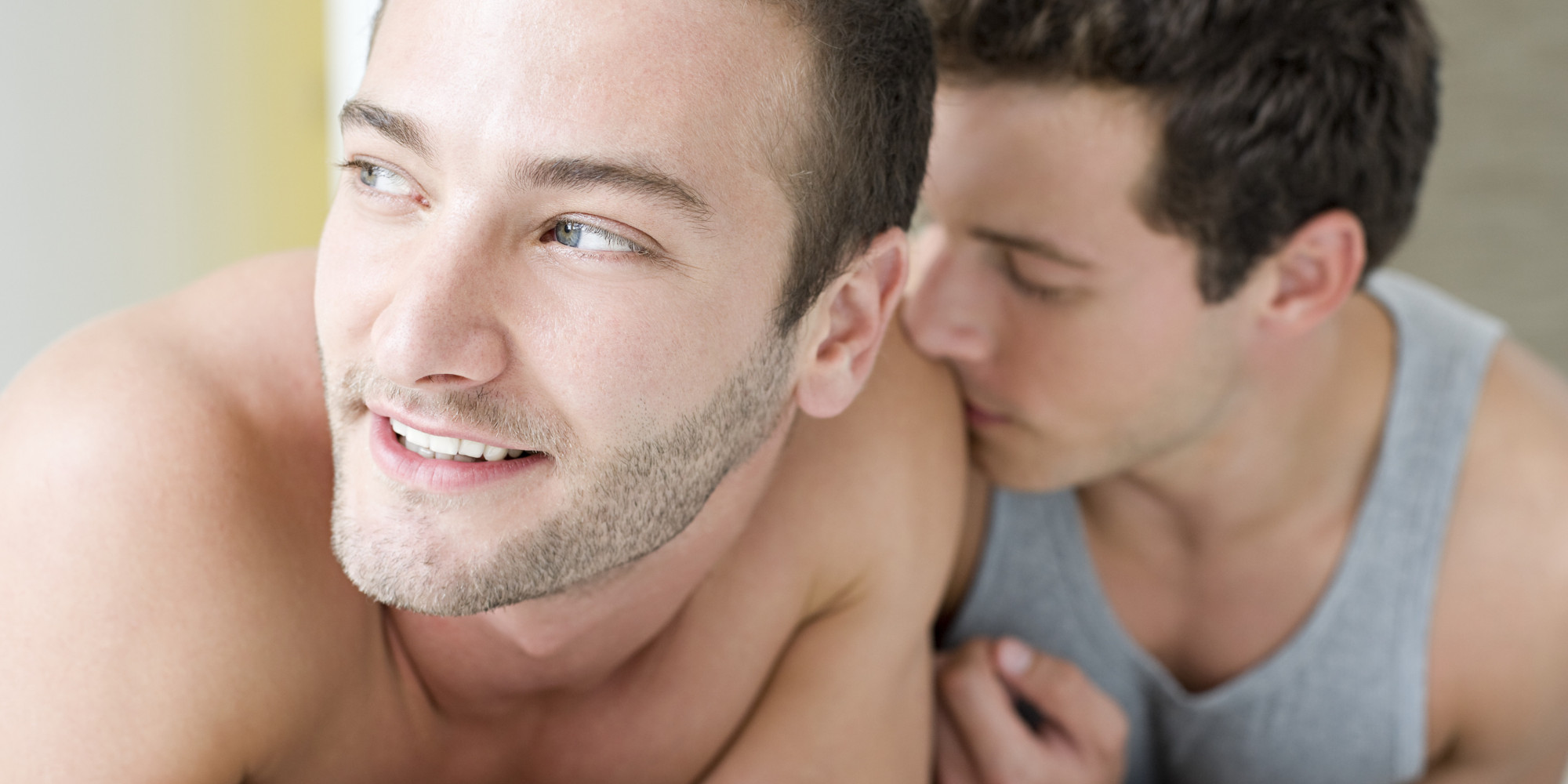
Sexual Wellbeing Challenges for the Modern Gay Man
This is 2015, and it would appear that gay men have never had it so good. Equal rights, gay marriage, robust gay communities, less cultural homophobia and excellent medicines/treatment for a population disproportionately affected by HIV. Yet despite this, sexual health clinics and LGBT therapists are seeing rising numbers of gay men accessing support for drug use, issues with sex/intimacy/relationships, and HIV rates continue to rise, year after year.
There’s a rotten apple in this barrel, and the cause of it is a little slippery.
The last 10 years have seen some dramatic changes in the lives, health and recreation of gay men. HIV care has changed dramatically; very few people die from AIDS or HIV any more, and medicines continue to improve. Unfortunately the stigma surrounding HIV remains a heavy burden that accompanies most gay men into the bedroom, regardless of one’s HIV status. Additionally, new HIV prevention options like PEP (Post Exposure Prophylaxis) and PrEP (pre-exposure prophylaxis) and “undetectable” viral loads, mean condoms are not the only way to prevent HIV; it’s a wealth of medical information that gay men are obliged to absorb. It complicates the dialogue, the flirting... and challenges the communication skills of anyone seeking a sexual connection.
To communicate that via a brief, online chat, sidestepping the bravado and torso-pics, was not taught in any sex education class I attended.
Another challenge that hides beneath the veil of modern improvement is the popularity of Grindr and other sexual “hook-up” sites and Apps. Few single gay men don’t have such an app on their smartphone, and it came with some distinct bonuses; it brought gay sex and dating out of the public toilets (”cottages”) and public parks/cruising grounds. It had an effect of de-shaming the gay sexual experience. But it does require a set of skills, in regard to online communication. The ability to have an understanding of one’s sexual and romantic needs... and then to communicate that via a brief, online chat, sidestepping the bravado and torso-pics, is one that is not taught in any sex education class I attended. And it’s translating into compulsive pursuits of often unsatisfying sexual experiences.
Another new trend that has accompanied advances in technology is the rise of “ChemSex”; this can be defined as the use of certain (relatively new) recreational drugs to facilitate sex. Thousands of gay men are seeking support from UK sexual health clinics with complications arising from sexualised drug use. These can include the obvious sexually-transmitted infections, but can also include addiction, very poor sexual/general wellbeing, and can result in a distorted understanding of how to form intimacies and relationships.
It’s a very difficult time for the modern gay man. As the gay community itself responds to these challenges, it also falls upon public health services and therapists to be informed and culturally-competent; to provide support, care and interventions to a vulnerable community that is going through some difficult and dramatic cultural shifts.
David Stuart is the Dean Street Wellbeing programme curator at the NHS sexual health clinic, 56 Dean Street. This is an abridged version of his talk at this year’s TCCR Psychosexual conference.
Looking for a gay therapist? Try our adult search










